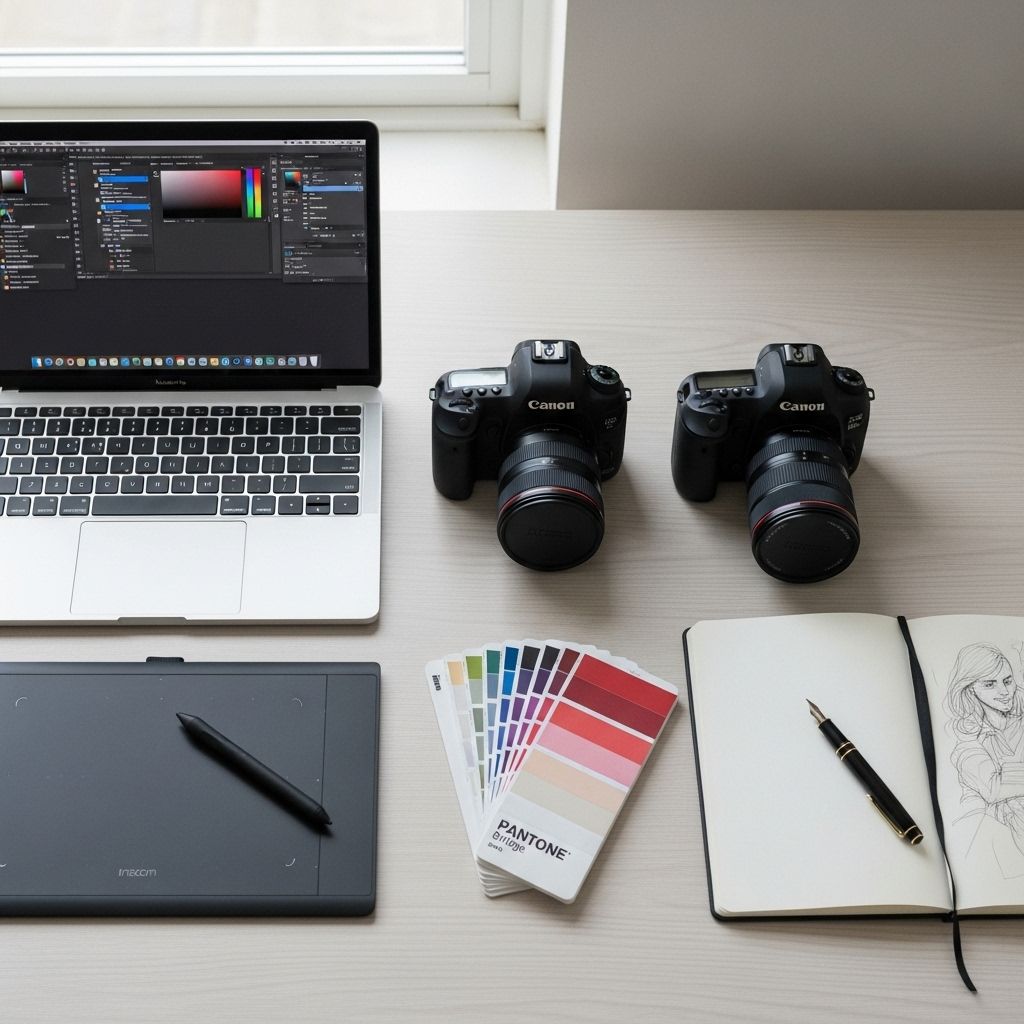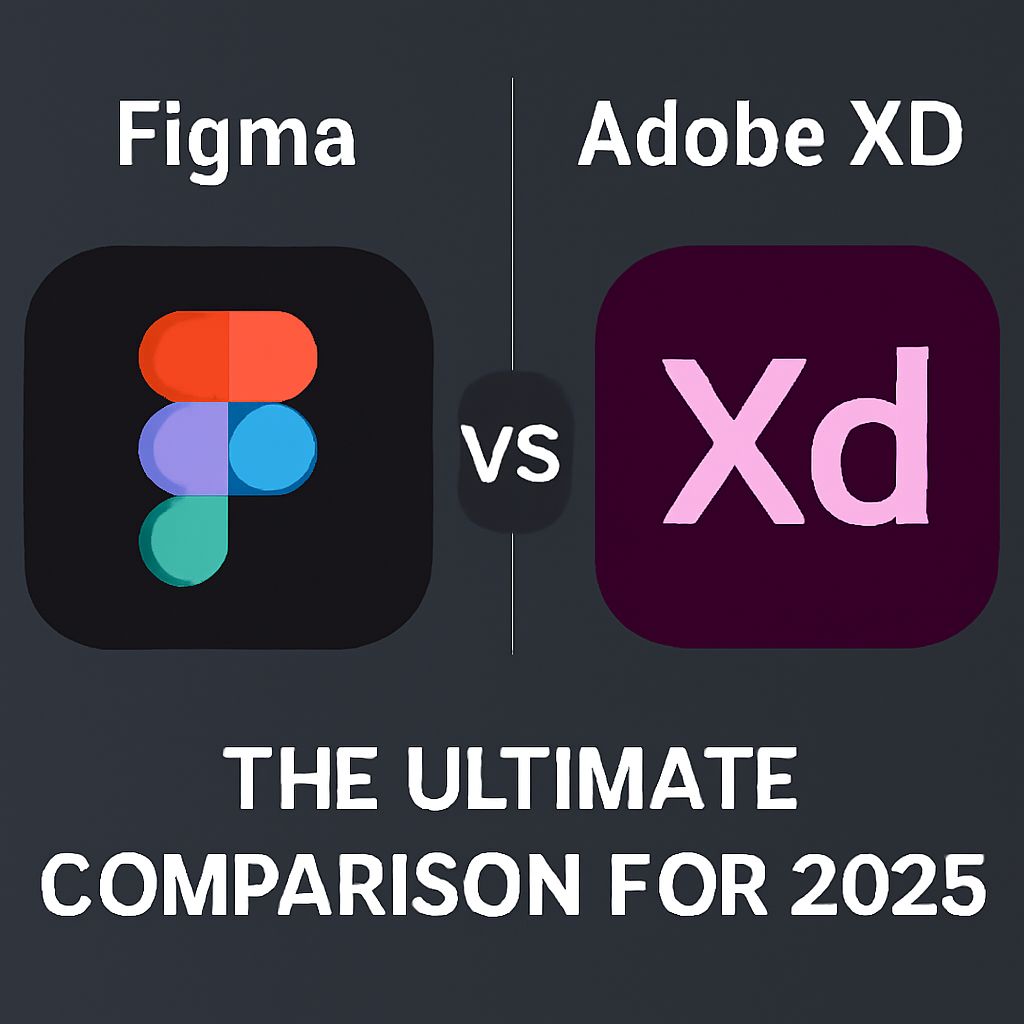In the fast-paced world of design, having a standout portfolio is crucial for showcasing your skills and attracting potential clients or employers. With the right tools, you can elevate your portfolio from a simple collection of work to an engaging experience that reflects your unique style and expertise. This article will explore ten essential tools that every designer should consider to create a compelling design portfolio.
1. Adobe Creative Cloud
The Adobe Creative Cloud suite is the go-to for many designers, offering powerful applications for creating stunning visuals. Key programs include:
- Adobe Photoshop: Ideal for photo editing and manipulating images.
- Adobe Illustrator: Perfect for vector graphics and logo design.
- Adobe InDesign: Best for layout design, especially for print materials.
Utilizing these tools will allow you to enhance your projects and present them in a professional manner.
2. Figma
Figma is a cloud-based design tool that allows for real-time collaboration. This makes it an excellent choice for teams working on UI/UX projects. Features include:
- Vector graphics editing
- Prototyping capabilities
- Design systems management
Figma’s ability to share designs for feedback instantly helps streamline the design process, making it easier to iterate based on client input.
3. Behance
Behance is one of the largest online platforms for showcasing creative work. It provides a space for designers to display their portfolios and connect with other creatives. Benefits of using Behance include:
- Exposure to a large audience
- Networking opportunities with other designers
- Access to job postings and freelance opportunities
4. Dribbble
Dribbble is another popular platform where designers can share their work and get feedback. With a focus on visual design, it’s an excellent place for graphic designers to display their projects. Key features include:
- Ability to showcase work in a visually appealing grid format
- Networking with other creatives and potential clients
- Access to design contests and job boards
5. WordPress
If you’re looking to build a custom website for your portfolio, WordPress is a versatile option. It offers numerous themes and plugins that cater to design portfolios. Advantages of using WordPress include:
- Customization options to match your brand
- Easy content management system
- SEO-friendly features for better visibility
Choosing the Right Theme
When selecting a theme for your portfolio, consider:
- Responsive design for mobile users.
- Minimalist layout to focus on your work.
- Fast loading times.
6. PortfolioBox
PortfolioBox is a platform specifically designed for creatives to create and manage their portfolios. It allows for easy customization and offers various layouts. Features include:
- Drag-and-drop interface for easy setup
- Custom domains
- Responsive design options
7. Sketch
Sketch is a vector graphics editor that is particularly popular for UI/UX design. Its focus on digital design aids in creating interactive prototypes and design systems. Key attributes include:
- Symbol and style management for consistency
- Integration with various plugins for extended functionality
- Collaboration tools for feedback and comments
8. Adobe Portfolio
Adobe Portfolio allows you to create a personalized portfolio website without any coding knowledge. It seamlessly integrates with Creative Cloud, making it easy to import your work. Benefits of Adobe Portfolio include:
- Sleek, professional templates
- Custom URL options
- Simple drag-and-drop editing
9. Canva
Canva is a user-friendly design tool suitable for creating various visual content, such as social media graphics, presentations, and posters. While not a traditional portfolio tool, it can be used to create stunning visuals that can complement your portfolio. Key features include:
- A vast library of templates and design elements
- Collaboration features for team projects
- Export options for print and web
10. Google Analytics
Understanding how visitors interact with your portfolio is crucial for improvement. Google Analytics provides insights into your website’s performance. Key metrics to track include:
- Visitor demographics
- Traffic sources
- Behavior flow
By using Google Analytics, you can make informed decisions to enhance user experience and engagement on your portfolio website.
Conclusion
Building a strong design portfolio requires not just creativity but also the right tools to showcase your work effectively. Whether you choose to create a simple website or leverage platforms like Behance and Dribbble, the tools mentioned above can significantly enhance your portfolio’s appeal. Focus on presenting your work in a manner that reflects your unique style and engages your audience, ensuring that your efforts lead to the opportunities you seek.
FAQ
What are the essential tools for creating a design portfolio?
The essential tools for creating a design portfolio include Adobe Creative Suite, Figma, Sketch, Behance, Dribbble, and WordPress.
How can I showcase my design work online?
You can showcase your design work online by using platforms like Behance, Dribbble, or by creating your own website using WordPress or Squarespace.
What is the best software for graphic design portfolios?
The best software for graphic design portfolios includes Adobe Illustrator, Adobe Photoshop, and Figma, which allow for high-quality presentations of your work.
Is it important to have a personal website for my design portfolio?
Yes, having a personal website is important for your design portfolio as it gives you full control over your presentation and helps establish your personal brand.
How often should I update my design portfolio?
You should update your design portfolio regularly, ideally every few months, or whenever you complete new projects that reflect your current skills and style.
What format should I use for my design portfolio?
You should use a clean and professional format for your design portfolio, focusing on high-quality images, concise descriptions, and easy navigation.




